Results 6,201 to 6,210 of 12096
Thread: Anandtech News
-
08-11-16, 09:32 PM #6201
Anandtech: NVIDIA Announces Record Revenue For The Second Quarter Of Fiscal Year 2017
This afternoon, NVIDIA announced their quarterly earnings for the second quarter of their 2017 fiscal year, which ended July 31. NVIDIA had record revenues for the quarter, coming in at $1.43 billion, which is up 24% from a year ago. Gross margin for the quarter was 57.9%, up 2.9% from a year ago, while operating expenses fell 9% to $509 million. Operating income for the quarter was $317 million, up 317% from Q2 2016 where it was just $76 million due to a write-down of the Icera modem division. This also impacted net income, which was up 873% to $253 million, and earnings per share of $0.40 was up 700% compared to the Q2 2016 results.
NVIDIA also released Non-GAAP measures, which “exclude stock-based compensation, legal settlement costs, product warranty charge, acquisition-related costs, contributions, restructuring and other charges, gains from non-affiliated investments, interest expense related to amortization of debt discount, and the associated tax impact of these items, where applicable” and therefore don’t factor in the Icera write-down. In Non-GAAP measures, revenue was the same $1.428 billion, and gross margin was 58.1% which was up 1.5% from the Q2 2016 Non-GAAP results. Operating income was up 65% to $328 million, and net income was up the same 65% to $313 million. Earnings per share were up 56% to $0.53 compared to last year’s Non-GAAP results.NVIDIA Q2 2017 Financial Results (GAAP) Q2'2017 Q1'2017 Q2'2016 Q/Q Y/Y Revenue (in millions USD) $1428 $1305 $1153 +9% +24% Gross Margin 57.9% 57.5% 55.0% +0.4% +2.9% Operating Income (in millions USD) $317 $245 $76 +29% +317% Net Income $253 $196 $26 +29% +873% EPS $0.40 $0.33 $0.05 +21% +700%
At the heart of this is NVIDIA’s GPU business, which has diversified quite a bit over the last several years. For Q2 2017, NVIDIA’s GPU business brought in $1.196 billion in revenue, up 18% from last year and up 14% over last quarter. NVIDIA’s Tegra platform, which is primarily automotive now, but still powering a couple of consumer devices like the SHIELD Tablet K1 and the SHIELD Android TV, brought in revenues of $166 million, which is up 30% from a year ago. NVIDIA’s “other” category is the $66 million they report per quarter for the payment from Intel for licensing.NVIDIA Q2 2017 Financial Results (Non-GAAP) Q2'2017 Q1'2017 Q2'2016 Q/Q Y/Y Revenue (in millions USD) $1428 $1305 $1153 +9% +24% Gross Margin 58.1% 58.6% 56.6% -0.5% +1.5% Operating Income (in millions USD) $382 $322 $231 +19% +65% Net Income $313 $263 $190 +19% +65% EPS $0.53 $0.46 $0.34 +15% +56%
Broken down by market, gaming is still the largest market for NVIDIA, with revenues of $781 million attributed to gaming, which is up 18% year-over-year. This has been spurred by the recent releases of their latest Pascal GPUs for the desktop, which hold the current performance crown with the move to a new FinFET node. Professional Visualization brought in $214 million, up 22% from a year ago, and NVIDIA just announced Pascal based Quadro cards as well, so I would expect this growth to continue if Quadro matches GeForce. The Datacenter revenue had the biggest jump, up 110% year-over-year to $151 million, and NVIDIA has put a lot of effort and marketing into deep learning to achieve this kind of growth. Automotive accounted for $119 million in revenue, up 68% from a year ago, and NVIDIA’s OEM and IP market was the only one to see a small loss of 6% revenue compared to last year, down to $163 million.
For next quarter, NVIDIA is expecting revenues of $1.68 billion, plus or minus 2%, with GAAP margins of 57.8% and non-GAAP margins of 58.0%, plus or minus 0.5%.NVIDIA Quarterly Revenue Comparison (GAAP) In millions Q2'2017 Q1'2017 Q2'2016 Q/Q Y/Y GPU $1196 $1079 $959 +11% +25% Tegra Processor $166 $160 $128 +4% +30% Other $66 $66 $66 flat flat
With record revenue, a more diversified platform, and the current GPU performance crown, NVIDIA has been easily outperforming the PC market with their strong focus on one of the few bright spots in the PC market – gaming. We’ve seen several companies transition to practically only selling gaming computers, and that is because of the higher margins and strong sales they’ve seen. NVIDIA has been riding this wave with successful launches of it’s Maxwell products, and now Pascal.
Source: NVIDIA Investor Relations
More...
-
08-12-16, 07:15 AM #6202
Anandtech: Western Digital to Use 3D ReRAM as Storage Class Memory for Special-Purpos
At the Flash Memory Summit this week, Western Digital announced that it intends to use 3D Resistive RAM (ReRAM) as storage class memory (SCM) for its future special-purpose ultra-fast SSDs. The company did not reveal any actual timelines for appropriate products, nor their specifications. However, what is important is the fact that Western Digital decided to use SanDisk’s long-discussed ReRAM along with 3D manufacturing tech to build the aforementioned special-purpose SSDs.
The amount of data that the world produces totals several zettabytes per year, which creates two challenges for the high-tech industry: one is to store the vast amounts of data more or less cost-efficiently, another is to process this data efficiently from power consumption point of view. Modern SSDs and HDDs can store plenty of information (10 to 15 TB for top-of-the-range models) and modern CPUs can process a lot of data due to increasing number of cores. However, delivering the right data to those cores poses further challenges: if the necessary data is located on an HDD/SSD, fetching them from there takes a lot of time on computer timescales (e.g., 100,000 – 10,000,000 ns) and consumes a lot of energy. Meanwhile, increasing the amount of DRAM per server is not always feasible from economic point of view.
To address the challenge, the industry came up with idea of non-volatile SCM, which would sit between DRAM and storage devices and deliver much greater performance, endurance and lower latency (e.g., 250 – 5,000 ns) than NAND while costing a lot less than DRAM in terms of per-GB prices. Historically, different companies demonstrated various types of memory, which could be used as SCM (originally, this class of devices was classified as a replacement tech for NAND flash), including conductive-bridging RAM (CBRAM), phase-change memory (PCM), magnetoresistive RAM (MRAM), resistive RAM (ReRAM) and some others. All of these technologies have their own peculiarities like performance and costs (and none of them could beat NAND in terms of per-GB cost), but SanDisk has been working for years on bringing ReRAM to the market.
Fundamentally, ReRAM (also sometimes called RRAM) works by changing the resistance across a dielectric material by electrical current (which is why 3D XPoint is considered as a proprietary implementation of ReRAM). The resistance can be measured and considered as “0” or “1”. On paper, the technology enables higher performance and endurance when compared to NAND flash, but finding the right materials and architecture for ReRAM has taken engineers many years.
Without making any significant announcements this week, Western Digital indicated that it would use some of the things it has learnt while developing its BiCS 3D NAND to produce its ReRAM chips. The company claims that its ReRAM will feature a multi-layer cross-point implementation, something it originally revealed a while ago.
Perhaps, the most important announcement regarding the 3D ReRAM by Western Digital is the claim about scale and capital efficiency of the new memory. Essentially, this could mean that the company plans to use its manufacturing capacities as well as its infrastructure (testing, packaging, etc.) in Yokkaichi, Japan, to make 3D ReRAM. Remember that SCM is at this point more expensive than NAND, hence, it makes sense to continue using the current fabs and equipment to build both types of non-volatile memory so ensure that the SCM part of the business remains profitable. IMFT does the same thing with its SCM: it uses its fab in Lehi, Utah, to produce 3D XPoint memory, but does not reveal specifics about the process technology (just like Western Digital). Of course, Western Digital could re-use some of the fundamental technologies, materials and process architecture both for ReRAM and NAND, but the company does not any particular details on the matter just now.
Quite naturally, WD’s 3D ReRAM will scale in terms of per-IC densities with the increase of the number of layers, though, we do not know how many layers will initial 3D ReRAM ICs from Western Digital incorporate. However, the company seems to be very optimistic about scaling of its SCM and believes that over time it will close the gap in terms of per-GB cost with BiCS NAND and will thus widen the gap with DRAM, which will make it more economically feasible.
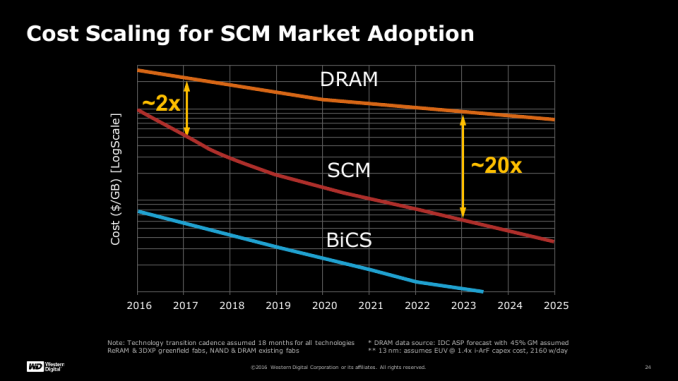
Finally, the manufacturer said that its 3D ReRAM is already supported by the ecosystem, which means that the first SSDs based on the technology will probably use industry-standard interfaces (e.g. NVDIMM), which is not surprising. Perhaps, it also means that Western Digital is also already working with software developers to ensure that applications can take advantage of SCM in general, but we cannot confirm this at this time.
To sum up, Western Digital has finished development of ReRAM, which SanDisk has been discussing for several years now. The company plans to release actual products based on ReRAM in the foreseeable future (12 – 24 months from now, call it a guess) and to use the same fab and equipment to build ReRAM and NAND ICs. Western Digital’s ReRAM has a roadmap for the future. What remains to be seen is what is going to happen to the joint development of SCM announced by SanDisk and HP in October, 2016.
Gallery: Western Digital to Use 3D ReRAM as Storage Class Memory for Special-Purpose SSDs





More...
-
08-12-16, 01:20 PM #6203
Anandtech: Toshiba Begins to Sample eMLC-Based ZD6300 7.68 TB SSDs to Customers
Toshiba has quietly expanded its ZD6300 family of SSDs with a 7.68 TB model, its most capacious storage device announced to date. The new drive was designed for mixed workloads and uses Toshiba’s time-proven A19 eMLC NAND flash memory. Due to enhanced endurance and a lot of NAND used for overprovisioning, the SSD can be pre-ordered for approximately $12,000, depending on the seller, though its official MSRP is still unknown.
The Toshiba ZD6300 7.68 TB (ZD635E020-7.68T) SSD uses PMC-Sierra’s “Princeton” controller (which is now called Flashtec NVMe PM8604 1032) with PCIe 3.0 x8 interface (which Toshiba splits into two x4 interfaces), 16 NAND flash channels and NVMe 1.1b protocol. The drive will be available in 2.5”/15 mm form-factor with U.2 connector (SFF-8639) in a bid to enable compatibility with different server chassis (specifically for those, which support multiple SSDs). The new 7.68 TB drive from Toshiba support the same functionality as other ZD-series drives from the company (which were originally introduced under OCZ brand), such as dual-port capability, AES-256 encryption, full power loss protection, end-to-end data protection and so on.
The ZD6300 7.68 TB SSD uses higher durability eMLC memory to guarantee better endurance, which is why it supports maximum sequential write speed of up to 2.9 GB/s (in line with the ZD6000-series drives). However its maximum sequential write speed is 1.4 GB/s (or actually lower) due to higher program latencies of eMLC (which is in line with other ZD6300-series products).OCZ Z-Drive 6000 Series Specifications 6000 6300 6300 Max Capacity Capacities 800 GB, 1,600 GB, 3,200 GB, 6,400 GB 960 GB, 1920 GB, 3840 GB, 7680 GB Form Factors 2.5"/15mm U.2 2.5" 15mm & HHHL AIC 2.5"/15mm U.2 Interface PCIe 3.0 x4 (NVMe 1.1b) Controller PMC-Sierra "Princeton" aka Flashtec NVMe PM8604 1032 NAND Toshiba A19nm 128Gbit MLC Toshiba A19nm 128Gbit eMLC Endurance 1 DWPD 3 DWPD 1 DPWD Encryption AES-256 Power Loss Protection Yes Warranty Five Years
Typically, the key differences between the ZD6000 and the ZD6300 SSDs (which were officially announced) were usage of eMLC by the latter in order to enable three drive writes per day (DPWD) over a five-year period, which was more suitable for mixed workloads (something that the ZD6300 were designed for). What is important is that the Toshiba ZD6300 7.68 TB SSD belongs to the less-known Max Capacity sub-family from the Z-Drive 6300 product stack that uses eMLC, but not in order to enable 3 DPWDs, but to maximize capacity using more durable ICs. The ZD6300 Max Capacity family has not been announced officially, but such SSDs are available for purchase (as pointed out by Ilya Gavrichenkov, my former colleague from another web-site). The ZD6300 Max Capacity drives do not reserve vast amounts of eMLC NAND flash for overprovisioning, unlike the regular ZD6300-series products, to enhance endurance, but this allows it to increase capacities by 20%, albeit at a relatively high per-gigabyte cost.
Consequently, from a raw NAND capacity configuration point of view, Toshiba’s ZD6300 7.68 TB SSD is the same drive as the ZD6300 6.4 TB product: it has 8128 GB of memory, but it makes 7680 GB available to the user rather than 6400 GB. Just like the ZD6300 6.4 TB drives, the 7.68 TB model uses 32 of 16-die packages featuring 128 Gb eMLC NAND flash memory devices produced using Toshiba’s second-generation 19 nm process technology.
It should be noted that apart from the ZD6000/ZD6300 SSDs with one or three DPWD, Toshiba also offers high-endurance SSDs with 10 or 25 DPWDs in their ZD-series product lineup. Such drives are naturally more expensive, but those, who need very high endurance, are usually willing to invest in such storage solutions. Still, since requirements of such customers are very diverse, Toshiba does not publish specs of such drives because virtually all of them are built to order and are not available from usual resellers.
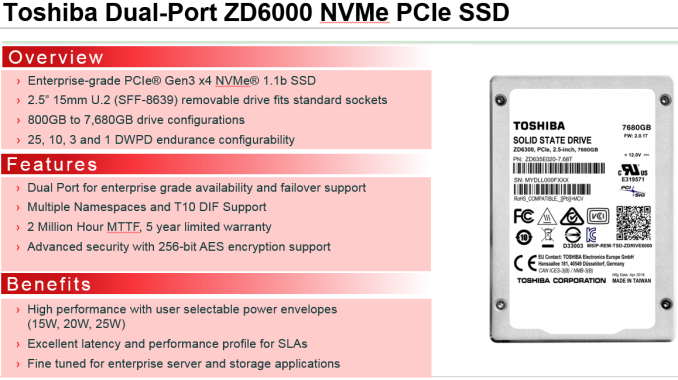
Speaking of availability, Toshiba tells us that it is sampling the ZD6300 7.68 TB product with customers. Meanwhile, there are several resellers, who are offering to pre-order the SSD for $12,563, $12,090 or even $11,252. Since the product is still in the sampling stage and is not yet officially shipping, Toshiba naturally keeps its actual price under wraps.
More...
-
08-15-16, 08:17 AM #6204
Anandtech: ASRock Rack Launches the 2U4N-F/X200: Four 72-core Knights Landing Xeon Ph
This week is Intel’s Developer Forum in San Francisco, the annual event where Intel and Intel’s partners show their latest products and discuss a number of core topics to Intel’s business. Last year the focus was on the new Skylake microarchitecture, and this year we have down on our list a number of 3D XPoint and Xeon Phi discussions and announcements. One of the first to contact us with their IDF news was ASRock Rack, the server arm of ASRock, about their high-density Xeon Phi solution.
The Xeon Phi many-core platform is transitioning from an add-in card to stand-alone processor, with the latest Knights Landing generation offering up to 72 high performance cores (now a couple of generations away from a pure Atom core) with combined high-bandwidth MCDRAM and the potential for Intel Omnipath support directly on the package. We covered the discussion and launch of Knights Landing last year at Supercomputing15, and saw some preview customer systems at Computex a couple of months ago, however the mix of ISC16 and IDF16 has most of the enterprise consumer-focused system releases surrounding Knights Landing.
For a segment of Xeon Phi customers, density is important. Pack ‘em, rack ‘em and stack ‘em is the end goal, and the 2U4N-F/X200 aims to do just that. The 2U server uses half-width modules to fit in four separate systems in the chassis, each with an X200 Xeon Phi CPU, six DIMM slots with support for DDR4 2400/2133 RDIMM/LRDIMM, four 2.5-inch storage slots (either 4xSATA/SAS or 2xNVMe+2xSATA/SAS), two PCIe 3. X2 slots, one M.2 slot, a combination 1600W 80 PLUS Platinum redundant (1+1) power supply for the four nodes, two GbE Intel i350 network ports and integrated IPMI 2.0 (via AST2400) with KVM and a dedicated LAN port.
Xeon Phi uses Intel’s P1 socket, which we saw back at Supercomputing15 and has been characterised in recent media as the LGA-3647 socket. At this point in time, Intel has only confirmed this socket for Xeon Phi use, and other use cases are not yet verified. ASRock Rack states that their platform on show at IDF16 this week will support all the main Xeon Phi X200 CPUs, and they have support in the works for Omni-path associated SKUs. Professional users interested in ASRock’s high-density platform will have to get in contact with their regional branch for more information and pricing.
Source: ASRock
Related Reading:
November 2015: SuperComputing 15: Intel’s Knights Landing / Xeon Phi Silicon on DisplayNovember 2015: A Few Notes on Intel’s Knights Landing and MCDRAM Modes from SC15
June 2014: Intel’s "Knights Landing" Xeon Phi Coprocessor Detailed
More...
-
08-15-16, 08:17 AM #6205
Anandtech: The Motorola Moto G4 and G4 Plus Review
At this point in time, I don't think the Moto G line needs any introduction. With the original Moto G in 2013 Motorola really went beyond what was thought to be possible in a mid-range smartphone. At that point in time, buying a $200 smartphone usually meant buying some Samsung or LG phone with a name nobody had ever heard of, and specs that left much to be desired. The Moto G showed that you could create an Android phone with an HD display, good performance, a good build, and good battery life at a price under $200. This year marks the fourth version of Motorola's mid-range smartphone. Read on for the full AnandTech review of the Moto G4 and G4 Plus.
More...
-
08-15-16, 10:07 PM #6206
Anandtech: NVIDIA’s GeForce GTX 10-Series for Notebooks Unveiled, Launching Today
Although no two GPU launches are ever exactly alike, I think this year’s launch of the FinFET generation GPUs really drives that point home. Over the last 3 months we have seen an incredibly compact launch schedule from NVIDIA, having started with the GeForce GTX 1080 and GP104 in May, and adding another 3 cards and 2 GPUs since then. At least on the desktop side, this is the most aggressive launch schedule we’ve seen out of NVIDIA in nearly a decade.
On the mobile side however, things have moved at a different pace. In the most recent years, NVIDIA has launched at least parts of their mobile stack either directly alongside their desktop series launch (e.g. GTX 600M series), or shortly thereafter in the case of the GTX 900M series. So there has been a great deal of interest in when the mobile GTX 10-Series would launch, both due to overall booming gaming laptop market, and because laptops in general are the ultimate litmus test for power efficiency, and stand to gain the most from the move to FinFET transistors.
To that end, we finally have an answer to the mobile question. Skipping any pre-release fanfare like on the desktop side, NVIDIA and its partners are going straight to launch, hard launching the GeForce GTX 10-Series lineup for notebooks today. And while it’s been a bit longer of a wait than in past years, NVIDIA is launching a full 3-part stack at once, from GTX 1060 to GTX 1080, meaning the notebook video card is now fully caught-up with desktop lineup. There’s a lot to cover here, so let’s dive right in.
More...
-
08-16-16, 06:47 AM #6207
Anandtech: NVIDIA Releases 372.54 WHQL Game Ready Driver
Yesterday NVIDIA unveiled the GeForce GTX 10 Series for notebooks. Following through they have sent out the new 372.54 driver update with support for the new notebooks and in the process moved us to a new driver branch with Release 370. This new branch gives us a host of other fixes, feature additions, and some game ready support for a few new game releases this month.
We start off with some small SLI fixes. First off there was an issue with shadow darkness randomly changing during gameplay in The Witcher 3. It also appears that if one wanted to run an auxiliary third GTX 1080 that SLI could not be turned on for the first two cards, which would be helpful if one wanted a hefty gaming rig and a card to run compute jobs on the side. Last on the SLI front, there is a new SLI profile for space engineers. Moving on there is also a corrected high DPC latency issue for GP104 cards, which includes the GTX 1080 and GTX 1070. In software stability issues we see fixes for stuttering in the Netflix windows Store app and crashing in Call of Duty: Black Ops III, and in the hardware compatibility department NVIDIA has resolved an issue with high idle clock speeds while using two DisplayPort displays.
For the list of game ready support that typically comes with these driver updates we have last weeks No Man’s Sky, Next week’s releases of Deus Ex: Mankind Divided and Obduction, with Codemasters F1 2016 and Epic Game’s Paragon open beta capping off the list with their release this week. Out of the games recieving support, No Man's Sky is recieving a Bete SLI profile and Deus Ex: Mankind Divided will have a DX11 SLI profile.
Finishing off with this week’s driver update, we have a list of new features. On the list is support for an updated version of NVIDIA’s BatteryBoost technology, lower power consumption for multi-monitor 144Hz G-Sync display setups, and some developer related updates. These last updates include support for OpenGL VR SDK 1.4 in Windows, and also a Windows cross-API interop between Vulkan and DX11, meaning Vulkan app compatibility with existing DX11 HMD runtimes. NVIDIA additionally lists driver support for DXGI 2 VR, and of course, this driver update provides support for the new GeForce GTX 10-series GPU powered notebooks.
Anyone interested can download the updated drivers through GeForce Experience or on the NVIDIA driver download page. More information on this update and further issues can be found in the 372.54 release notes.
More...
-
08-16-16, 07:34 AM #6208
Anandtech: AMD Releases Radeon Software Crimson Edition 16.8.2 Hotfix
In very short order AMD has dropped another driver update in response to the latest. The 16.8.2 hotfix gives the driver version a minor bump to 16.30.2511.1001. With only a few days between updates it’s unsurprising to see a short list of fixed issues this time around. Starting the fixes is a crash in Overwatch, which happened intermittently when browsing the hero gallery. Those with a Freesync display and Freesync enabled may have experienced flickering on the desktop while the system is idle, and some windows 10 Anniversary Edition systems may have seen install issues when secure boot is enabled.
There is a healthy list of known issues that shows what AMD is aware of, and presumably working on. There are a few issues following themes we’ve seen in past updates, and some that have been lingering for a few updates. Flickering issues are still found while playing on some non Freesync 144Hz monitors or when playing Rocket League with Crossfire enabled. There are also still some issues with RX 400 series cards with intermittent stuttering in The Division on the RX 480 with high game settings and vsync enabled, or application hangs while playing Grand Theft Auto 5 at 4K in story mode. Following suit with Rocket League’s Crossfire struggles, World of Tanks may experience stuttering after performing a task switch with Crossfire turned on.
Along with receiving fixes and acknowledgement of issues, we of course get game ready support for the latest gaming developments. On the list today is support for both No Man’s Sky which saw a lukewarm release last week, and alongside we have support for the Paragon Open Beta from Epic Games which will be available starting today.
As always, those interested in reading more or installing the updated hotfix drivers for AMD’s desktop, mobile, and integrated GPUs can find them either under the driver update section in Radeon Settings or on AMDs Radeon Software Crimson Edition download page.
More...
-
08-16-16, 08:16 AM #6209
Anandtech: The Samsung Galaxy Note7 (S820) Review
This year has been difficult for smartphones, which is a bit of a paradox when you consider just how much better things have gotten compared to last year. With Snapdragon 820, 650, 652, and 625 we’ve finally moved past the shadow of the Snapdragon 810, 808, and 617/615. While there were Android devices that shipped with the Exynos 7420, they were often paired with a modem that was not necessarily the most power efficient. Despite all of this, there seems to be a general disappointment with smartphones. People are increasingly finding it hard to justify phones like the HTC 10 or Galaxy S7 with competition from OnePlus, Xiaomi, and even Apple with their iPhone SE.
In this context the Galaxy Note7 brings much of the flavor of the Galaxy S7 edge, but blends it with the S-Pen of the Note line and a few new features like the iris scanner. If you were paying attention to the industry with the launch of the Galaxy S6 and Galaxy Note5, it’s very much more of the same rather than the major redesigns that we saw moving from the Galaxy S5 to the Galaxy Note 4. To see how it performs, read on for the full review.
More...
-
Thread Information
Users Browsing this Thread
There are currently 4 users browsing this thread. (0 members and 4 guests)






 Quote
Quote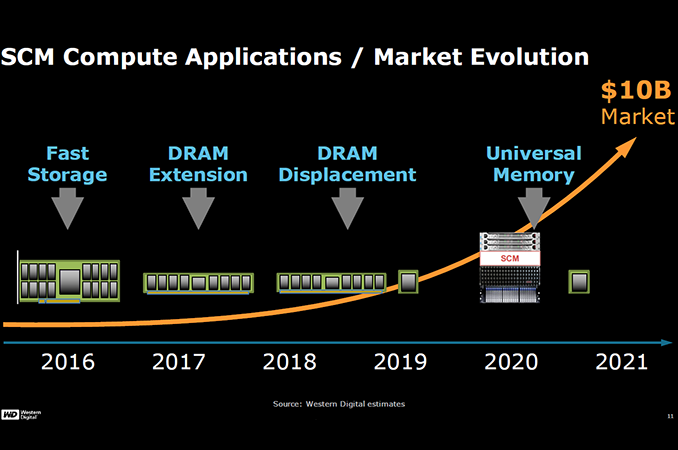
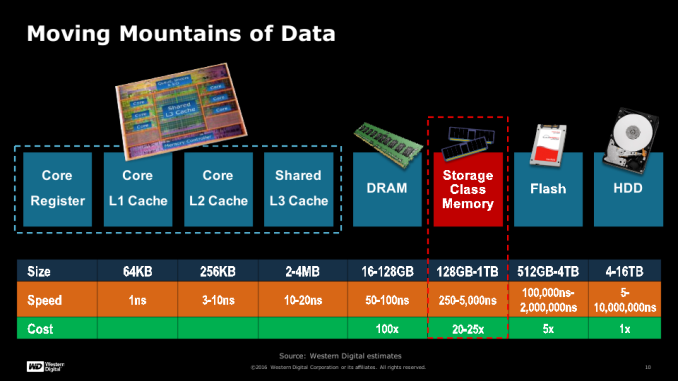
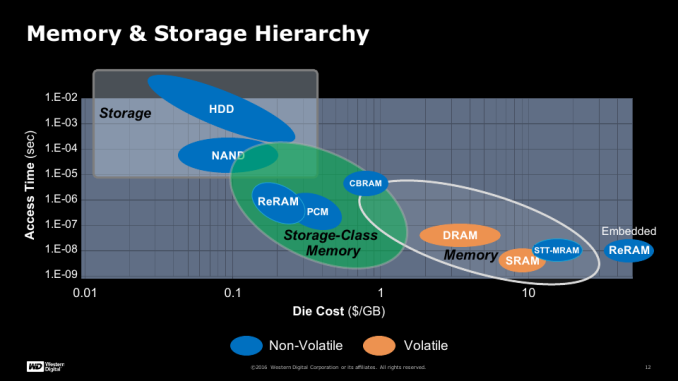

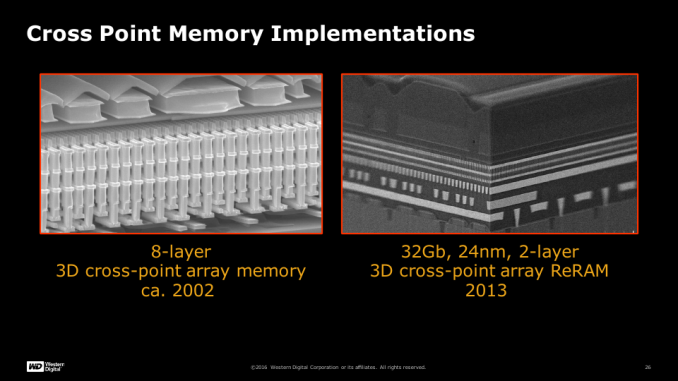
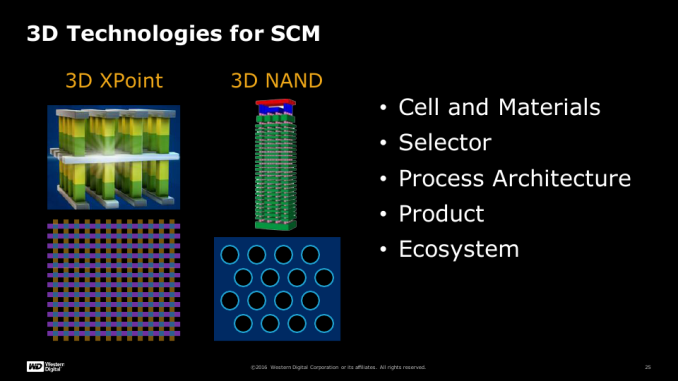







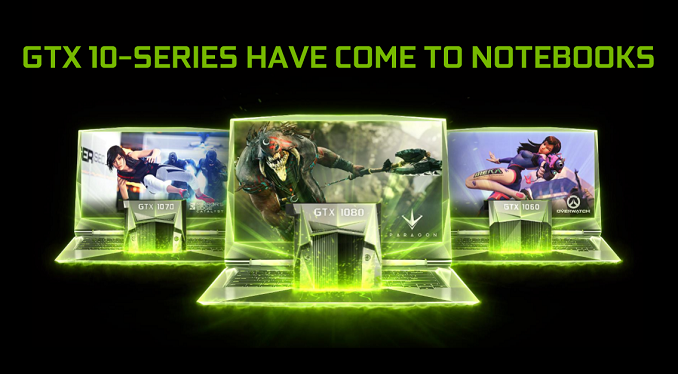
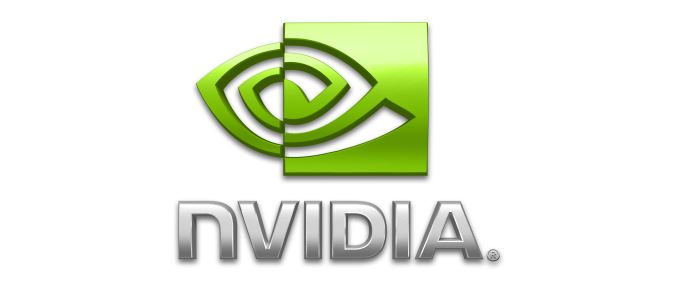
















Bookmarks